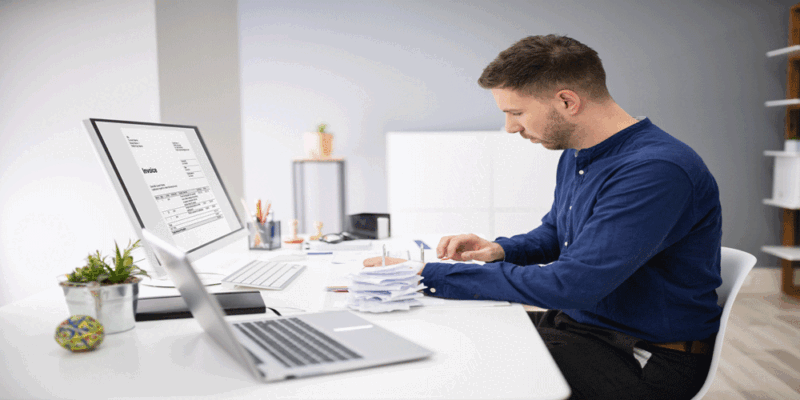
Interior Design and Your Business
In today’s competitive market, a business’s physical environment isn’t just a backdrop for operations—it’s a strategic asset. Whether you’re running a retail store, corporate office, restaurant, or hospitality venue, commercial interior design plays a key role in shaping customer impressions, employee productivity, and ultimately, profitability. Far from being an optional luxury, investing in professional design can transform your space into a powerful tool for brand expression and business growth.
What is Commercial Interior Design?
Commercial interior design focuses on creating functional, visually appealing spaces for businesses. While residential interior design is about personal comfort and taste, commercial design balances aesthetics, brand identity, customer flow, safety standards, and operational efficiency. It’s about asking:
How can this space reflect our values?
How can it support staff productivity?
How can it make customers want to return?
Professional designers consider everything from layout and lighting to furniture, materials, and colour psychology—each element chosen with the brand and its objectives in mind.
The Strategic Benefits of Commercial Interior Design
1. Enhancing Brand Identity
Your interior environment communicates your brand as much as your logo or marketing materials do. For example, a tech startup might opt for open spaces, minimalist furniture, and clean lines to convey innovation and agility, while a luxury retail store might choose rich textures, elegant lighting, and curated displays to evoke exclusivity.
When your space is aligned with your brand, every visitor, client, and employee receive a consistent, memorable message about who you are and what you stand for.
2. Improving Customer Experience
The design of your premises directly impacts how customers feel and behave. Thoughtful layouts encourage exploration in retail stores, comfortable seating encourages patrons to linger in cafés, and strategic lighting can make products look more appealing.
Research shows that people are more likely to purchase, recommend, and return to businesses that offer a pleasant, easy-to-navigate environment. In hospitality and service industries, design is often the silent salesperson that turns a first-time visitor into a loyal customer.
3. Boosting Employee Productivity and Wellbeing
Interior design isn’t just about impressing clients—it’s also about creating an environment where staff can do their best work. Well-designed workspaces take into account:
Ergonomics: Comfortable, supportive furniture reduces fatigue and injury.
Lighting: Access to natural light improves mood and energy levels.
Noise control: Acoustic treatments minimize distractions and stress.
Space planning: Efficient layouts improve workflow and communication.
When employees feel comfortable, valued, and inspired by their surroundings, productivity rises and staff turnover falls.
4. Maximising Space Efficiency
Many businesses underestimate how much productivity—and profitability—is lost through poor use of space. Designers excel at rethinking layouts, so every square meter works harder. This could mean reconfiguring an office to accommodate growth without costly relocation or designing retail shelving to display more products without crowding customers.
Space efficiency isn’t just about fitting more in; it’s about creating flow—making sure people can move intuitively and comfortably through the space.
5. Meeting Safety and Compliance Standards
From fire exits to accessibility requirements, commercial interiors must meet strict regulations. Professional designers are familiar with local building codes, safety standards, and sustainability requirements. They ensure your space not only looks good but also protects your business from legal and compliance risks.
6. Supporting Sustainability Goals
Eco-conscious design is increasingly important for modern businesses. Sustainable materials, energy-efficient lighting, and improved insulation can reduce your carbon footprint and operating costs. A green approach also strengthens your brand image with environmentally aware customers and stakeholders.
The Process: From Concept to Completion
While every project is unique, most commercial interior design processes follow these stages:
Consultation and Briefing – The designer learns about your business, brand, target audience, and functional needs.
Concept Development – Initial ideas, mood boards, and sketches show potential directions.
Space Planning – Functional layouts are created to optimize flow, safety, and usability.
Design Development – Materials, colours, furniture, and finishes are chosen in alignment with the concept.
Documentation and Approvals – Technical drawings and compliance checks ensure the design meets regulations.
Implementation and Project Management – The designer oversees contractors, suppliers, and installation to bring the vision to life.
Working with a professional means you have an expert navigating each step, avoiding costly mistakes, and delivering a cohesive final result.
Real-World Impact: Design as a Business Investment
Consider these examples:
Retail: A boutique that redesigned its floor layout to create clear sightlines and better product zoning saw a 20% increase in sales within three months.
Hospitality: A café that replaced harsh lighting with warmer tones and comfortable seating reported longer average customer stays—and higher spend per visit.
Corporate: An office that incorporated biophilic design (plants, natural materials, and daylight) saw a measurable boost in staff satisfaction and creativity.
These aren’t coincidences—they’re the result of aligning physical space with human behaviour and business objectives.
Why Now is the Right Time
In an era where many businesses are rethinking their physical presence, whether to attract foot traffic, retain employees, or adapt to hybrid work models, commercial interior design is more relevant than ever. As customers increasingly choose experiences over transactions, your environment can become the differentiator that keeps them engaged.
Investing in your space is not just a matter of decoration—it’s an investment in your brand, your people, and your bottom line.
Commercial interior design is where creativity meets strategy. Done right, it’s a catalyst for connection, productivity, and profit. The question isn’t whether you can afford to invest in professional design—it’s whether you can afford not to.


